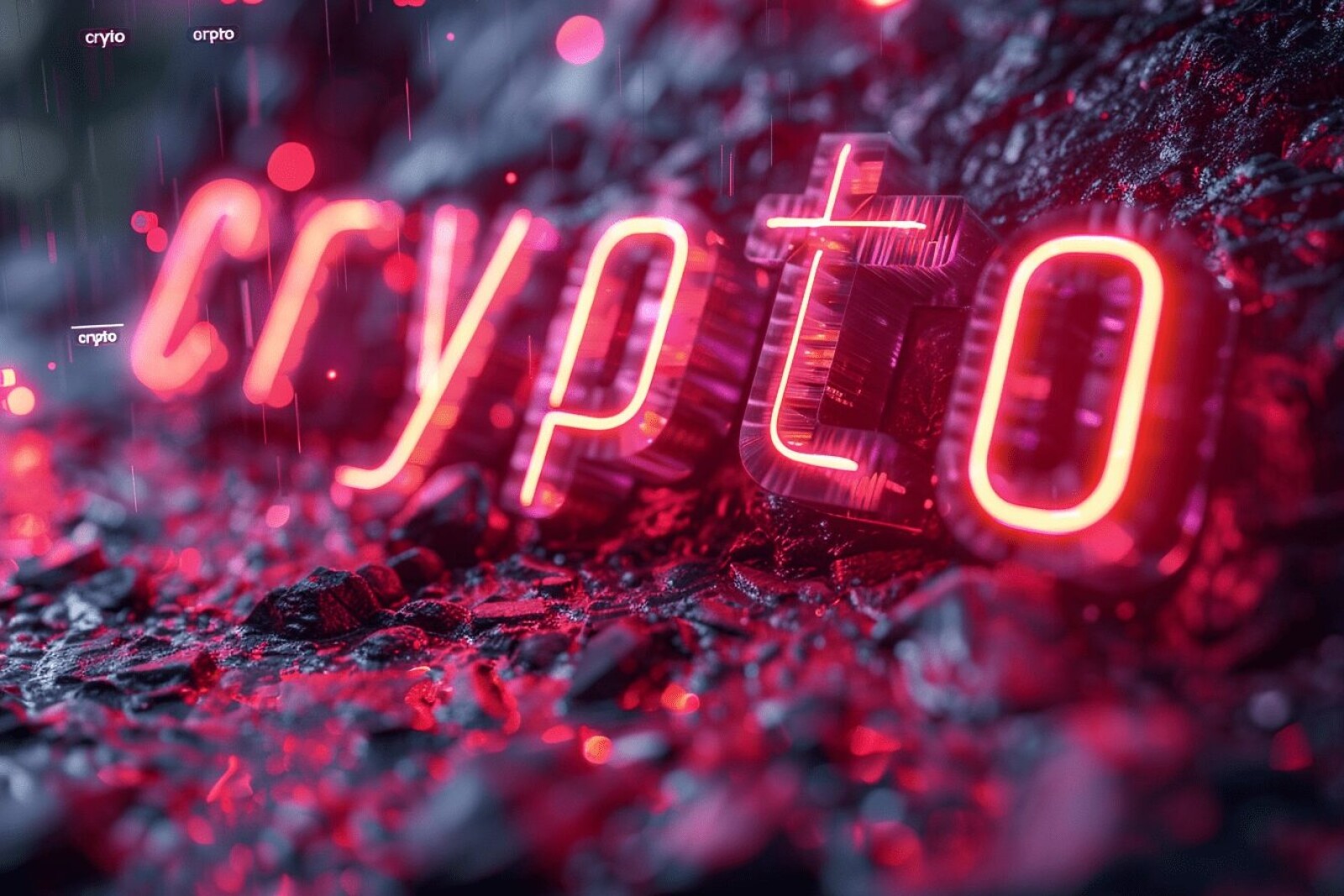
Emma Defichain
How to Protect Your Crypto Assets from Fraud

As the popularity of cryptocurrencies continues to rise, so does the risk of fraud and scams targeting crypto investors. Protecting your crypto assets from fraud is crucial to ensuring the safety of your investments. In this article, we’ll explore essential tips and strategies to help you safeguard your crypto assets and avoid common scams in the cryptocurrency market.
Understanding Common Crypto Scams
Phishing Attacks
What They Are: Phishing attacks involve fraudulent attempts to obtain sensitive information, such as private keys or login credentials, by pretending to be a trustworthy entity.
How to Avoid Them:
Verify URLs: Always check the URL of websites you visit, especially if they involve your crypto assets. Ensure it’s the correct and official site.
Be Skeptical of Emails: Be cautious of unsolicited emails requesting sensitive information. Verify the sender before clicking on any links or downloading attachments.
Use Two-Factor Authentication (2FA): Enable 2FA on all your accounts to add an extra layer of security.
Ponzi Schemes
What They Are: Ponzi schemes promise high returns with little to no risk by using new investors’ funds to pay returns to earlier investors.
How to Avoid Them:
Research Thoroughly: Investigate any investment opportunity thoroughly before committing your funds. Look for verifiable information about the project and its team.
Be Wary of Unrealistic Promises: If it sounds too good to be true, it probably is. Avoid schemes that promise guaranteed high returns with minimal effort.
Check Regulatory Compliance: Ensure the investment complies with relevant regulations and has necessary licenses.
Fake ICOs and Token Sales
What They Are: Fraudulent initial coin offerings (ICOs) or token sales are designed to trick investors into sending funds in exchange for non-existent tokens.
How to Avoid Them:
Verify the Project: Conduct thorough research on the project, including its whitepaper, team, and roadmap. Look for third-party reviews and analysis.
Use Reputable Platforms: Participate in ICOs and token sales through reputable and well-known platforms.
Check for Transparency: Ensure the project provides clear and transparent information about its token sale process.
Essential Strategies to Protect Your Crypto Assets
Use Hardware Wallets
Why It’s Important: Hardware wallets store your private keys offline, making them less vulnerable to hacking and online threats.
How to Use Them:
Purchase from Reputable Sources: Buy hardware wallets directly from the manufacturer or authorized resellers to avoid tampered devices.
Follow Setup Instructions: Set up your hardware wallet according to the manufacturer’s instructions. Use a strong PIN and backup your recovery seed securely.
Regularly Update Firmware: Keep your hardware wallet’s firmware updated to benefit from the latest security features.
Enable Two-Factor Authentication (2FA)
Why It’s Important: 2FA adds an extra layer of security by requiring a second form of verification, such as a code from your mobile device, in addition to your password.
How to Implement:
Use Authenticator Apps: Use apps like Google Authenticator or Authy for generating 2FA codes, rather than SMS, which can be vulnerable to SIM-swapping attacks.
Enable 2FA on All Accounts: Activate 2FA on all your cryptocurrency exchange accounts, wallets, and email accounts associated with your crypto activities.
Keep Your Software Up to Date
Why It’s Important: Regularly updating your software ensures you have the latest security patches and features, protecting your devices from vulnerabilities.
How to Implement:
Update Operating Systems: Keep your computer and mobile device operating systems up to date.
Update Wallets and Apps: Regularly update your cryptocurrency wallets and any apps you use for managing your crypto assets.
Use Security Software: Install and maintain reputable antivirus and anti-malware software on your devices.
Conduct Thorough Research
Why It’s Important: In-depth research helps you avoid fraudulent projects and make informed investment decisions.
How to Research:
Read Whitepapers: Analyze the project’s whitepaper to understand its goals, technology, and roadmap.
Investigate the Team: Look into the backgrounds of the project’s team members and advisors. Verify their credentials and past experiences.
Check Community Feedback: Join forums and communities to see what others are saying about the project. Look for red flags and concerns raised by other investors.
Use Reputable Exchanges
Why It’s Important: Using reputable cryptocurrency exchanges reduces the risk of fraud and ensures better security for your assets.
How to Choose:
Check Security Features: Look for exchanges with robust security measures, such as cold storage, insurance, and 2FA.
Research Reputation: Investigate the exchange’s reputation in the crypto community. Look for reviews, ratings, and any history of security breaches.
Verify Regulatory Compliance: Ensure the exchange complies with relevant regulations and has necessary licenses.
Red Flags to Watch Out For
Unrealistic Promises
What It Is: Be wary of projects or schemes that promise guaranteed high returns with little to no risk.
Red Flags:
Guaranteed Returns: No legitimate investment can guarantee high returns without risk.
Pressure Tactics: Be cautious of any project that pressures you to invest quickly or offers special incentives for immediate action.
Lack of Transparency
What It Is: A lack of clear and transparent information about a project or investment opportunity can indicate potential fraud.
Red Flags:
Opaque Whitepapers: Vague or overly complex whitepapers that do not clearly explain the project’s goals and technology.
Anonymous Team: Projects with anonymous or unverifiable team members.
Poor Communication
What It Is: Effective communication is essential for building and maintaining trust with investors and the community.
Red Flags:
Inconsistent Updates: Lack of regular updates or communication about the project’s progress.
Ignoring Feedback: Not engaging with the community or addressing concerns can indicate potential problems.
Conclusion
Protecting your crypto assets from fraud requires vigilance, research, and the implementation of robust security measures. By using hardware wallets, enabling two-factor authentication, keeping your software up to date, conducting thorough research, and using reputable exchanges, you can significantly reduce the risk of fraud and safeguard your investments. Stay informed about common scams, watch out for red flags, and maintain a cautious approach to ensure the safety and security of your crypto assets.













